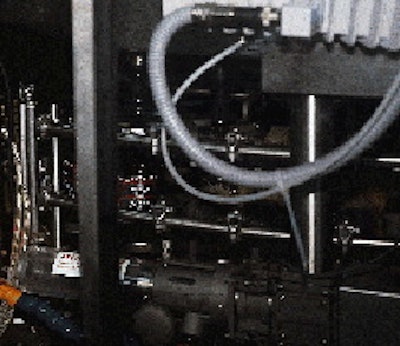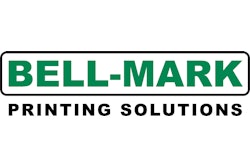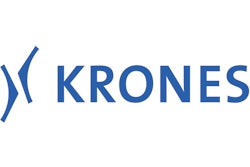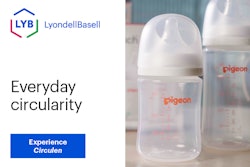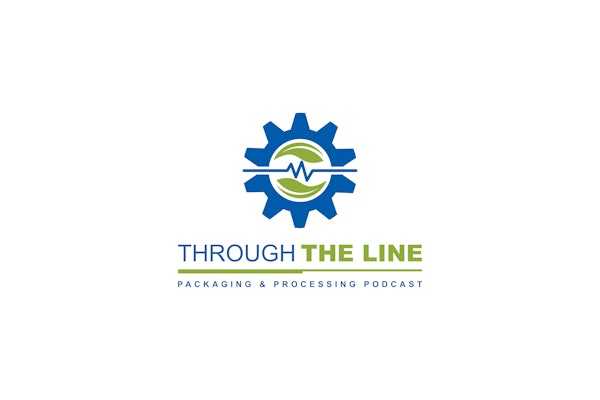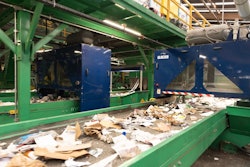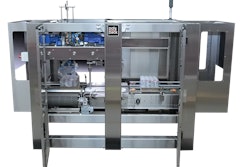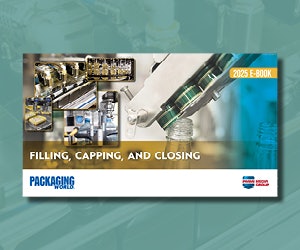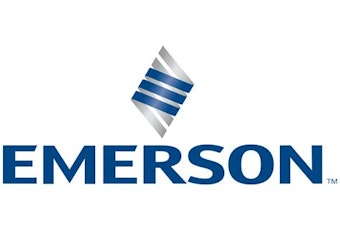The role of machine operators has evolved on two new "mirrored-image" lines at Anheuser-Busch's Houston, TX, brewery (see PW, Dec. '98, p. 22 or packworld.com/go/busch).
The mirrored-image concept works hand-in-hand with the Houston plant's efforts to advance the role of its workers. "We have a philosophy about how we operate," explains Michael Harding, vice president, plant operations. "We try to install equipment that is so capable that we really don't need a traditional worker sitting and watching the machine, making adjustments or responding to jams. With the equipment we have, the situation becomes more one of process monitoring. We have created a situation where operators work on the line to improve the process rather than 'chase' it."
Jeff Heitmann, project engineer, elaborates: "Before we added these lines, a filler operator's main responsibility would be keeping the machinery running, making sure there are no jams at the infeed and being the eyes of the filler.
"Now, with the advanced automation and equipment we have on these two lines, the operator not only makes sure the machinery keeps running, but also takes part in quality efforts." That includes regular inspections and documentation.
Heitmann describes how this works at the filler/crowner: "The operator pulls filled and crowned bottles off the line at fifteen- or thirty-minute intervals. We have a table set up at the line with a light source so that bottles can be held up to the light and carefully inspected. Sure, we have inspection systems that check for fill levels or obvious flaws, but they can't look at the entire bottle and say, 'This is a quality product,' like a person can. And when the check is completed, the operator uses a computer workstation to record the information. At the end of the day, if we were looking for sixteen inspections on each shift, we can see that they were executed."
Heitmann says that operators document quality at key machine stations throughout the lines, focusing on the filling, crowning/capping and labeling stations. A-B believes that involving operators gives them a stronger feeling of ownership on the line than they previously had.
The 144-nozzle Klckner KHS (Waukesha, wi) filler/crowner is a good example. Houston's bottle manager William Bill says: "It fit into our philosophy of operation because it didn't require an operator to be stuck watching the machine. Instead, the operator becomes part of the process.
"As the equipment has become more and more reliable, operators are able to monitor processes, perform quality control tasks and better maintain the cleanliness of the areas rather than just watch to make sure the equipment runs."
According to Harding, the "process monitoring" idea originated with Bill. "When we were approached a few years ago on how to modernize the packaging area at this plant and get the most efficiency out of the operation, we felt that it was important to have the operators take on more important tasks than just being machine watchers," Bill explains.
Less is more
The new equipment on the side-by-side lines not only helps A-B advance the role of operators, but also makes the lines less labor-intensive to run. That's particularly evident when it comes to labeling.
"We decided to lay out the two bottling lines in such a way that we would create what I call a 'labeling equipment center,' Bill explains. "We flow bottles from both lines to a common rotary labeling center that combines six labelers, three for one line, three for the other."
The combined speed of the three labelers for each line keeps pace with its upstream filler that operates at rates of 1곁 bpm. The six Topmatic labelers used in the center come from Krones (Franklin, WI).
Bill says the label center configuration "allows one person to monitor the same equipment instead of needing a supervisor to physically go back and forth from one line to the other. That supervisor can also oversee the process and monitor the condition of the labeled bottles. If there's a reject, he can determine where the problem is coming from and correct it. The common area also allows one person to clean and maintain a single area, rather than having to manage two areas."
Labeling process
Labeling begins as bottles pass through an infeed worm and starwheel. Each bottle is clamped and centered between a centering bell and plate. Bottles are rotated as they enter the label application stations. Oscillating pallets work in conjunction with a glue pump and roller to apply adhesive to the body and neck labels just before they're affixed to each bottle.
The oscillating pallets are positioned on a pallet carousel in the center of the Topmatic labeling station. Glue pallets are coated evenly with glue as they contact the glue roller. A magazine holds the metallized paper labels. The glue on the pallet withdraws the top label from the magazine, and fingers on a gripper cylinder pick the label off the glue pallet. Simultaneously, air nozzles blow the label onto the bottle, and a sponge presses the label on the bottle. Brushes then smooth the label in place on the bottle.
A Lumonics (Oxnard, CA) laser coder applies a "Born-on date" and production code to the body label. The Topmatic's Labelcheck unit uses photosensors to detect if the label is on, rejecting non-labeled bottles. Labeled bottles continue through a discharge star. A-B's decision to use all the same labelers at this center speaks volumes for the brewer's faith in the Topmatics.
Overall, the lines are staffed with five operators, compared to nine on more traditional A-B bottling lines. No longer is an operator used at each labeler, at the uncaser, nor between depalletizing and uncasing and labeling and case packing.
Another advantage provided by the equipment, Heitmann suggests, is in conducting changeovers. "The equipment vendors supply change parts that can be changed quickly and with minimal tools," he notes. "This includes parts for the rinser, filler, crowner, capper, labeler, packer and case slitter. We can do a line changeover in as little as fifteen minutes, depending on how elaborate the change is."
Besides hastening changeover time, he says, A-B can now appoint operators to do the task. In the past, only mechanics did the job. "The change parts are easy to work with, so much so that operators can quickly remove parts and install new ones as necessary. Again, it's another improvement in efficiency for us at the Houston plant," Heitmann notes.
